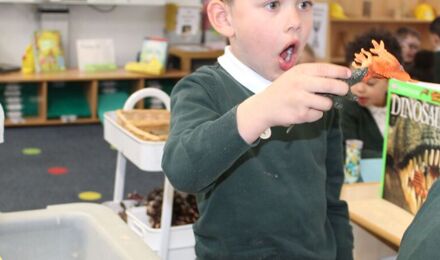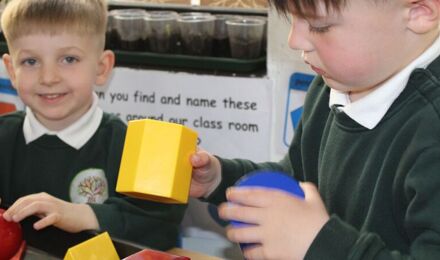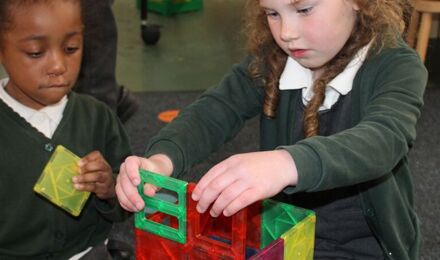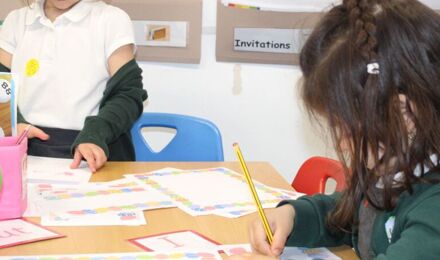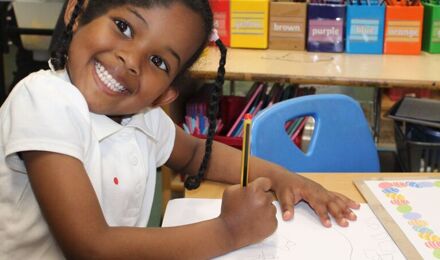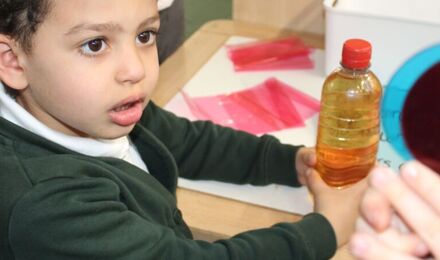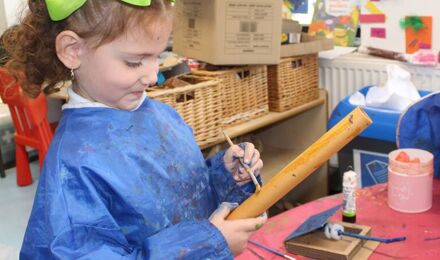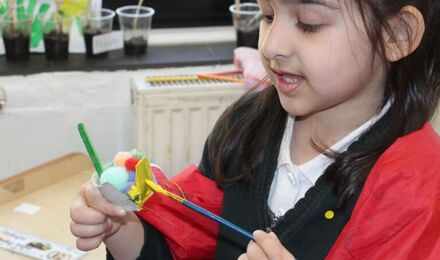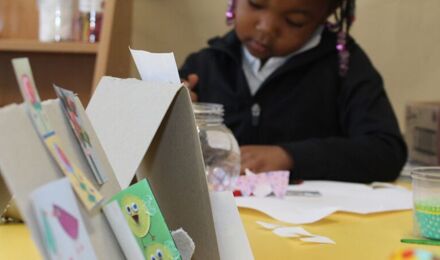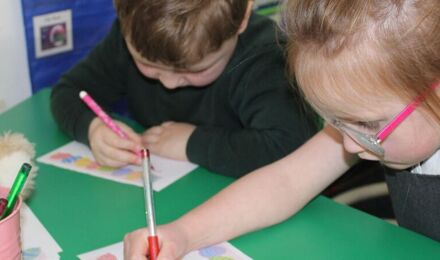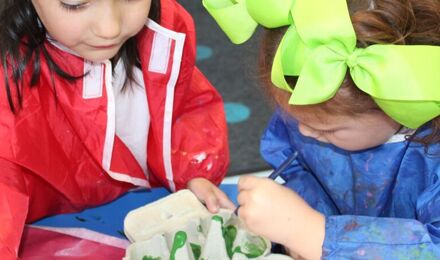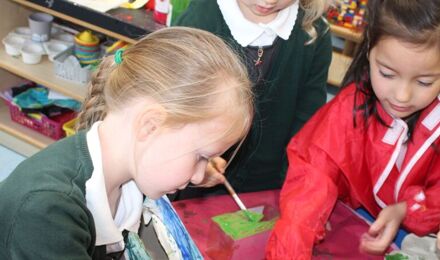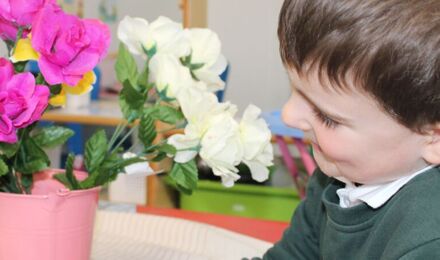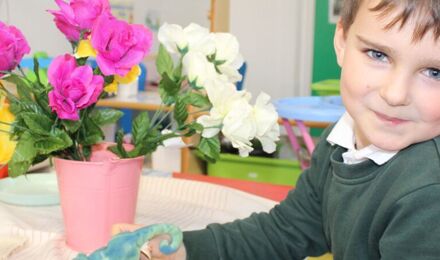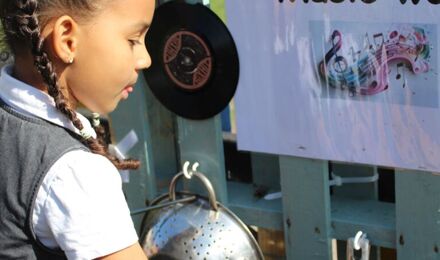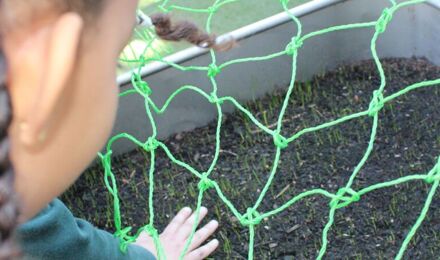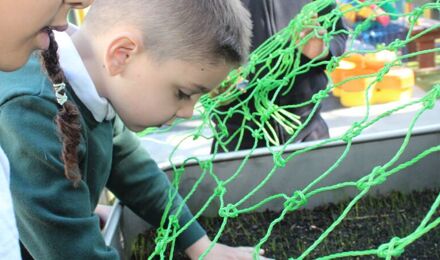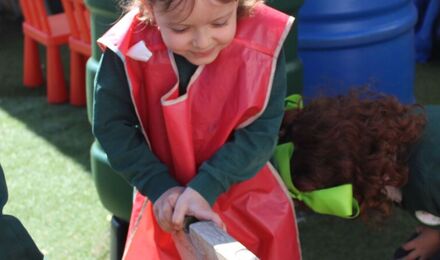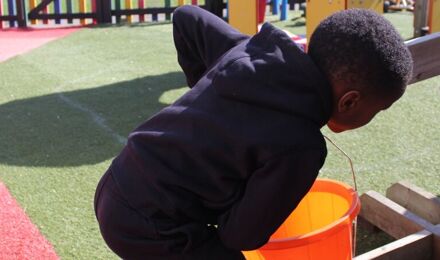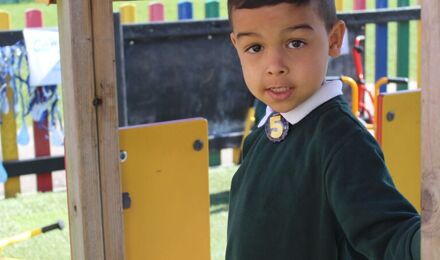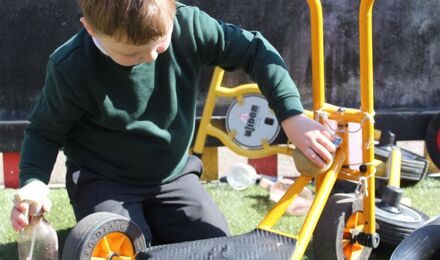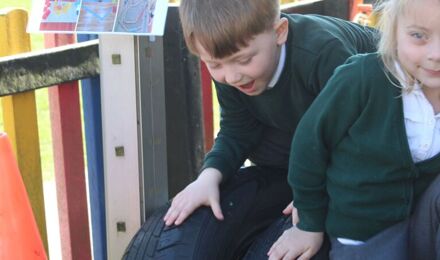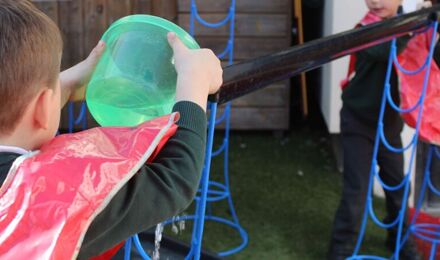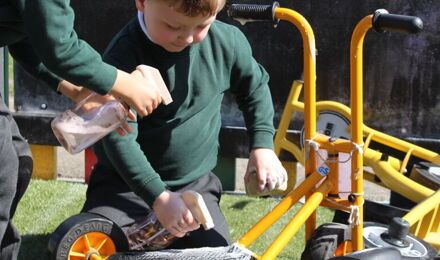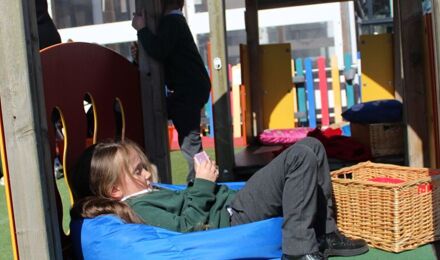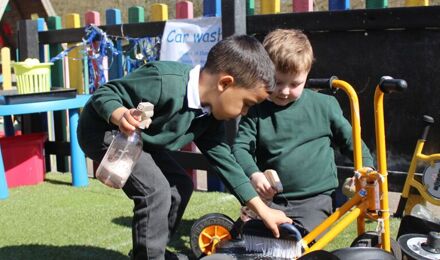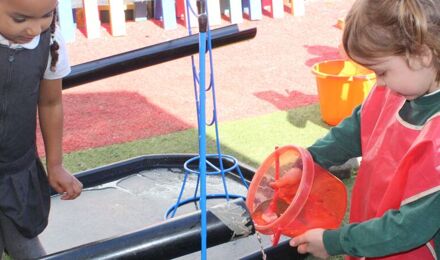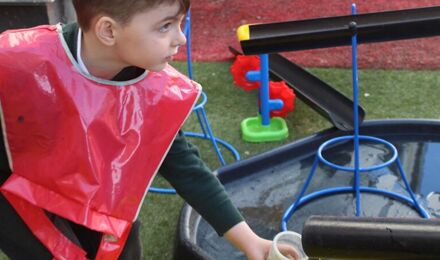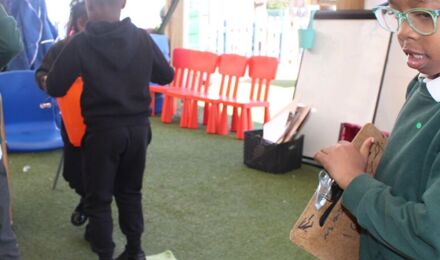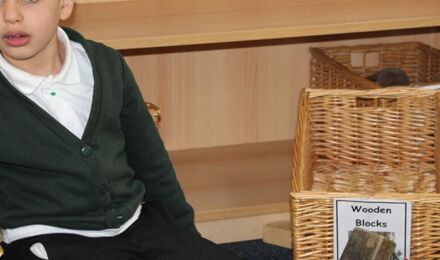Reception
Welcome to Gray’s Farm Primary Academy Reception
At Gray’s Farm play is an integral part of learning where children are given time and freedom to explore their ideas. They are encouraged to be problem solvers who take risks and learn from their mistakes. Our children are encouraged to be creative thinkers, who are confident, expressive, resourceful and resilient.
Meet the Team
 | 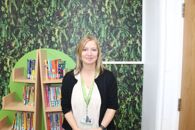 | 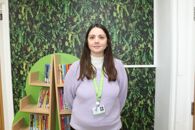 | 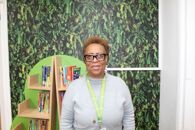 |
| Mrs Greenlees | Mrs Penfold | Miss Connolly | Ms Augustt |
| Reception Oak Class Teacher | Reception Walnut Class Teacher | Reception Oak Teaching Assistant | Reception Walnut Teaching Assistant |
Our staff are highly trained and are passionate about how young children learn. They work really hard to ensure that the relationships between the adults and the children are valued and nurtured.
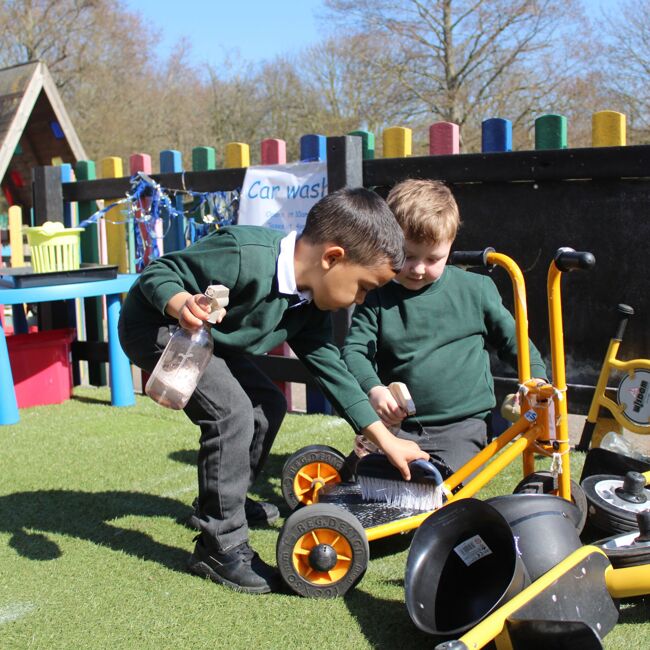
Our Reception Enviroment
Our aim is to provide a Reception environment in which children can feel confident, happy, secure and content as they learn through play. We will achieve this by creating an attractive, enabling and stimulating environment where members of staff are approachable and welcoming.
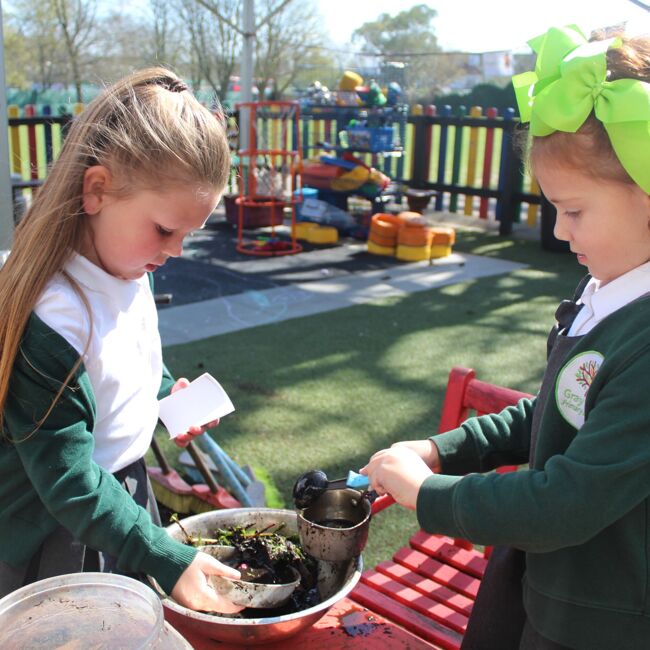
A space where parents and their views are valued and the best possible early years provision will be made available. We operate continuous free flow provision, to further support the children's development and ability to access learning opportunities outdoors, no matter the weather.
At Gray’s Farm our Reception children take part in Forest school sessions. Forest School nurtures an understanding and respect for natural places. Its pedagogy is play-based and learner-centred (initiated and led), giving each child the opportunity to manage risks, explore what intrigues them, solve problems related to their interests and gain a range of skills in the natural environment. Our Reception Forest School sessions are led by our qualified Forest school leader, Mrs Penfold.
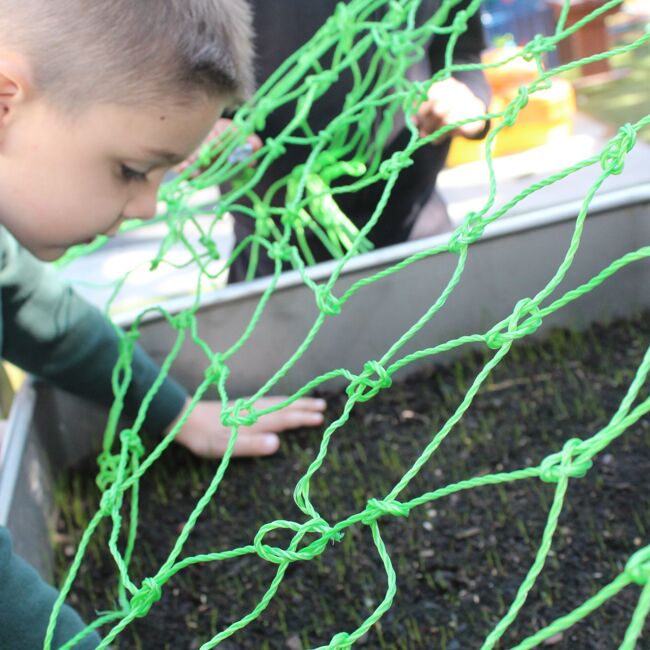
Our Curriculm
The Early Years Foundation Stage is a statutory framework, setting the standards of learning, development and care for children from birth to 5 years old. The framework is divided into 7 key areas:
The Prime Areas of Learning:
- Personal, Social and Emotional Development
- Communication and Language
- Physical Development
The Specific Areas of Learning:
- Literacy
- Mathematics
- Understanding the World
- Expressive Arts and Design
Challenging learning is carefully planned each day to reflect the changing interests and next steps of the children and parents are recognised as key partners in their child's learning journey.
Children show us what they really know when they are playing independently. The adult will watch, notice and observe children in play and make observations which inform planning, next steps and assessment. Focus group activities support children to acquire new skills which they should then apply independently through their play. The children access their environment freely, however they understand they must complete certain activities throughout the day, which will scaffold and extend their learning
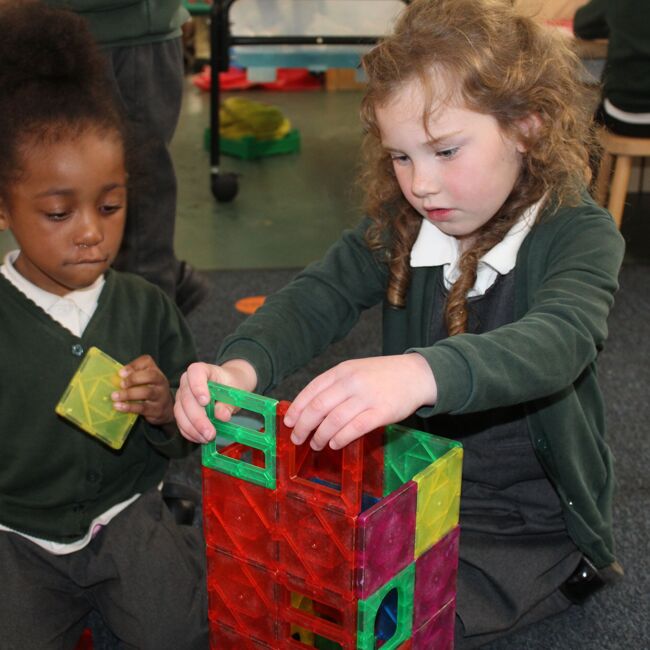
Please see the tab below to find out about our Early Reading Programme (Read Write Inc) and our Maths curriculum for Early Years.
New to Reception 2025/2026 Information
| 16th April 2025 | Reception Place Allocation Day |
| 17th June 2025 | Welcome meeting for Parents |
| 1st July 2025 | Stay and Play session (Parent and child) |
| 9th July 2025 | Children attend in small groups (time to be allocated) |
| 15th July 2025 | Children to attend |
| 15th July 2025 | Parent ‘Reception Ready’ meeting |
| 29th August - 3rd September 2025 | Home Visits taking place (time and date allocated) |
| 4th September 2025; 5th September 2025 and 8th September 2025 | Staggered Start for Reception (times to be shared closer to the time) |
| 9th September 2025 | First Full day in School (8.40am - 3.15pm) |
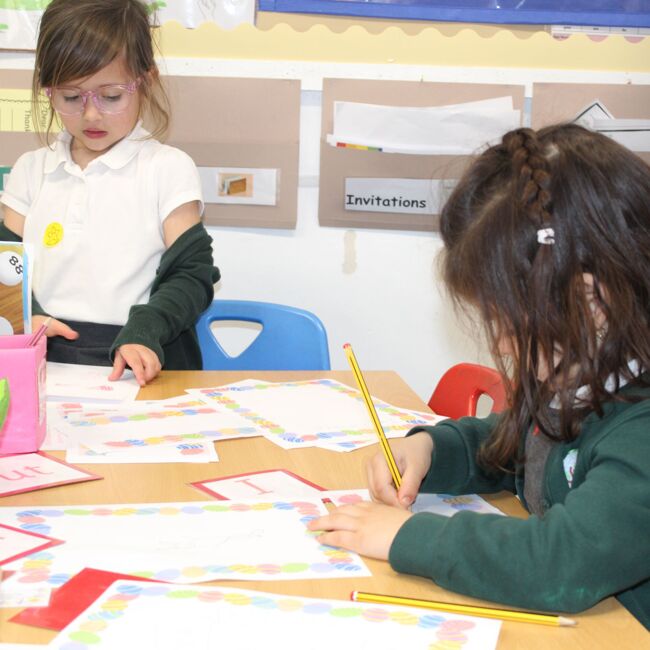
8.40-8:55am: Registration and morning jobs
9.05am: Phonics
9:45am: Wake and shake
9.50am: Drawing Club
10.05am: Free Flow Learning
11.40am Topic input carpet session
12.05-1.05pm Lunch time
1.05pm: Afternoon registration and Maths Carpet Session
1.15pm: Free Flow Learning
2.40pm: Music
2.50pm: Phonics input
2.55pm: Talking Through Stories
3.15pm: Hometime- collect your child from the classroom
In Reception, we have introduced ‘Drawing Club’.
Drawing Club incorporates story sharing, speaking and listening, drawing, writing, vocabulary, mathematics, imagination and collaboration.
Each week we have a focus story or animation.
The children learn new vocabulary linked to the story or animation and are invited to ‘Drawing Club’, where they may draw a character, setting or event. They can innovate their drawings and add secret passwords, magic powers or spells, hidden symbols, letters or numerals.
At the start of reception, the sessions may be purely drawings based but this will progress on throughout the year to labelling their drawings with initial sounds, CVC words and eventually writing sentences about their drawings.
At Gray’s Farm we aim for all our children to become fluent, confident readers who are passionate about reading. Children who read regularly, or are read to, have the opportunity to open the doors to so many different worlds! More importantly, reading will give your child the tools to become independent life-long learners.
We can achieve this together through:
1. Read Write Inc, a programme to help to your child read at school
2. Encouraging children to develop a love of books by reading to them daily, at home and at school
3. Talk through Stories programme
4. Giving children access to a wide range of books at school and at home
At Gray’s Farm we use Read Write Inc Phonics (RWI) to give your child the best possible start with their reading and writing.
Our Mathematics curriculum is a journey that begins with investigating the construction of numbers to 5. To many parents this may seem odd as a percentage of children will start in Reception being able to recognise numbers to 10 and count by rote to numbers in the teens and further but we actually look in depth at how each number can be made using other numbers, what it looks like both in numeral and with concrete objects and we learn the number bonds that make each number to 5. Once the children are secure with this, we move on to numbers to 10 in exactly the same way.
Once the children have developed their knowledge of number to 10, they move on to applying it through looking at addition and subtraction, finding one more and one less than a given number, odd and even numbers, and finding double and half of a number. The children also have many opportunities to share what they know or can see in an image or representation of a number. This is when the children are able to apply what they know and describe it to another person. It has been proven that children who are secure in this number knowledge and able to explain what they know about a number or a mathematical process when moving into Year 1 find the transition much easier and have no gaps in their learning as they move up through the school because the number knowledge gained in Reception provides the building blocks for the National Curriculum covered in years 1 to 6.
If you would like to virtually view our school, you can do so by clicking here.
Alternatively you can request an in-person visit by emailing office@graysfarm-tkat.org.
| General Documents |
|---|
| Frequently Asked Questions for Grays Farm Primary Academy |
